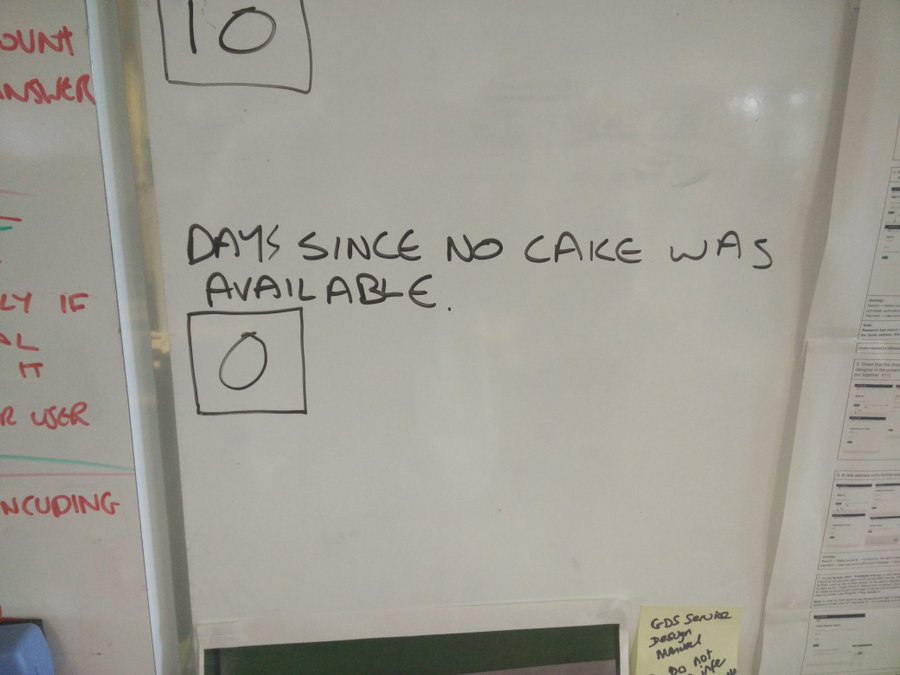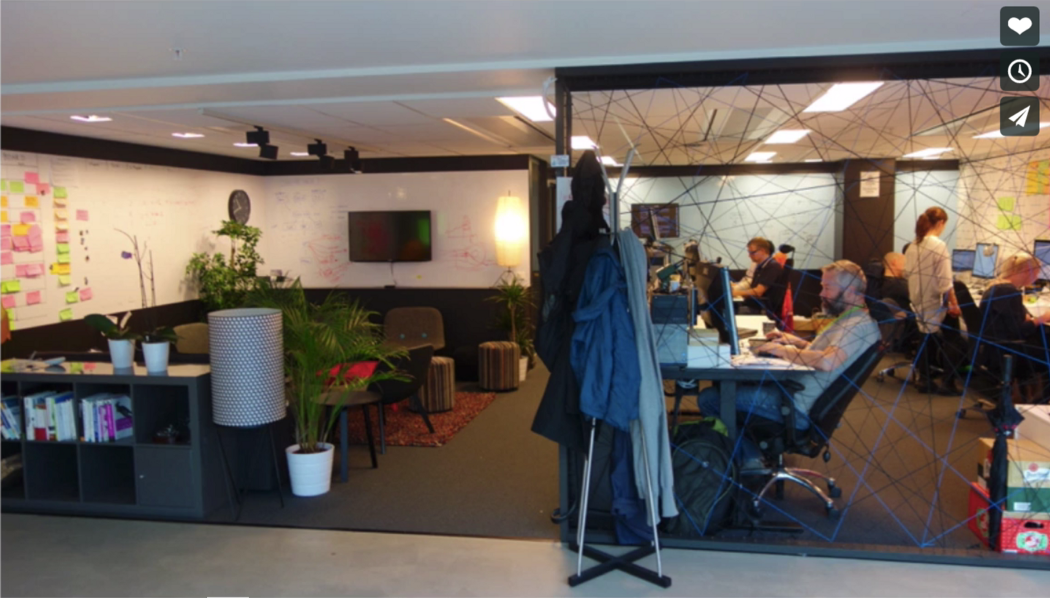I recently gave a presentation at the inaugural Tech Exeter conference called Practical agile: Lessons learned the hard way on our journey delivering digital products. In that presentation I claimed open plan offices are terrible team spaces, but didn’t really elaborate on why. Since then Neil Parker asked on twitter to explain why I thought open plan offices are bad team environments. So here is my totally unscientific personal listicle to explain why!
1. Agile teams are really noisy!
And thats ok, within the team. After all a user story is a placeholder for a conversation, and lots of conversations take place to describe a design, solve a problem or get feedback on the latest user research. After all:
The most efficient and effective method of conveying information to and within a development team is face-to-face conversation.
But put lots of agile teams together in an open plan office and the noise levels can become unbearable, each team has a need to communicate, but noise volumes grow exponentially the more conversations are happening:
- Team A are having a conversation.
- Team B start a conversation and talk a bit louder to be heard over Team A.
- Team A then increase their volume so they can be heard over Team B.
- And so on ad-infinitum.
If you are trying to concentrate on a given problem or focus on coding this can quickly become unbearable. This is why you see so many developers in open plan offices wear headphones which ironically stifles conversations from taking place in teams.

2. Agile teams like to do show and tells in their team space.
Where better to demo the work you have done in the last sprint than in the team space, there is a wealth of useful information in agile team areas and stakeholders get a much richer experience being able to see the sorts of things the team are working on up on the walls. The team are in a space they are comfortable in, and have materials easily to hand to answer questions or elaborate more.
But in an open plan office your show and tell can easily get disrupted by people walking past the team space having a conversation, or the team across from them discussing their work.
The process of show and tell is of course disruptive to others in shared spaces too. Some teams choose to book a meeting room but I feel that the richness of the ceremony is lost as a result. I believe stakeholders subconsciously absorb the information around them in team spaces and gain a greater understanding of the product being developed when surrounded by team walls.
3. Wall space is the prime measure of currency in agile teams.
Agile teams love wall space, for drawing ideas, demonstrating research, or really important team metrics:

In open plan offices wall space is like hens teeth, instead we end up using puny whiteboards that are never quite big enough or look untidy and cluttered dotted in between desks or jutting out into floor space.
4. Agile teams like to feel safe.
When you are communicating about everything verbally it can feel quite exposed discussing problems or issues in an open plan office. Team’s need to feel safe in their space to be able to raise concerns without fear of others judging what is going wrong in their project. Open plan offices don’t allow a team to feel like they can raise a concern without being overheard by others, reducing the effectiveness of identifying problems before they become issues.

5. Agile teams have fun.
That’s part of being a team, building a camaraderie, a clique. If you are in an open plan office, and you’re talking, and occasionally laughing and having fun. If you have a pointy haired boss this can be perceived as not being productive, not focusing on the work, shirking on the job. If other teams dont get to work they way you do, this can lead to resentment.

Even if you dont have an evil pointy haired boss, team members can feel more exposed and more nervous about being themselves at work for fear of what their peers may think. If people aren’t comfortable in their work environment, their happiness and productivity drops.
Anyway I hope that explains why I think open plan offices are terrible collaboration and working spaces, let me know what you think.